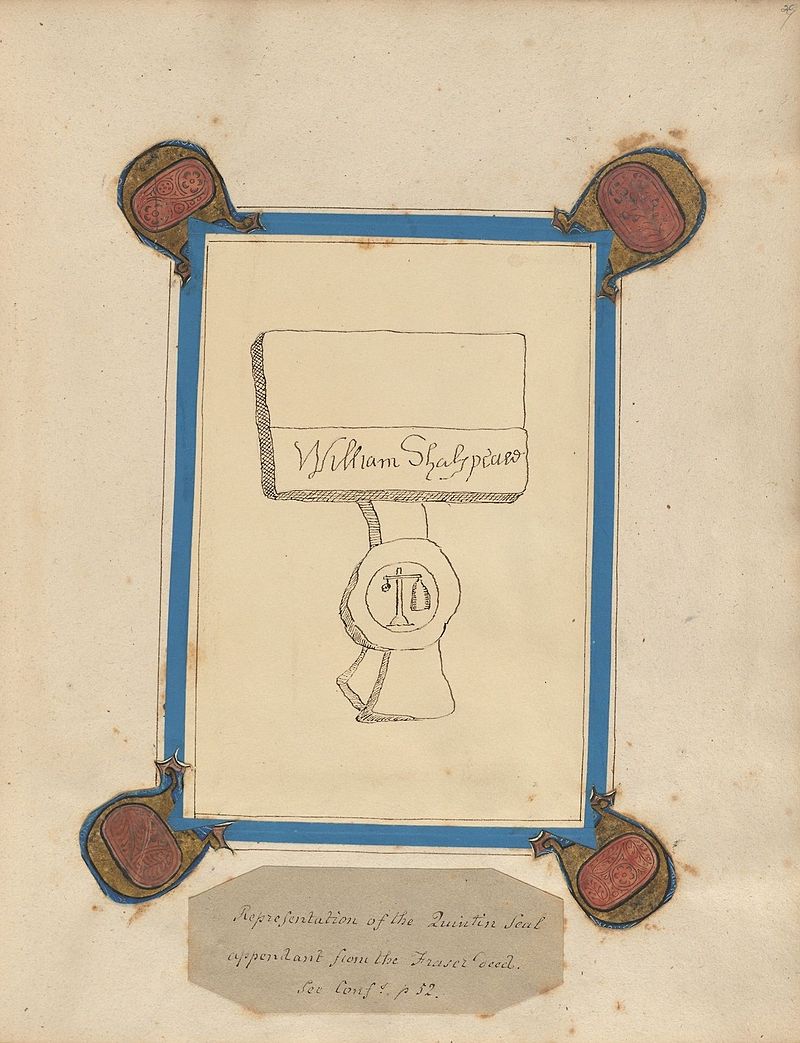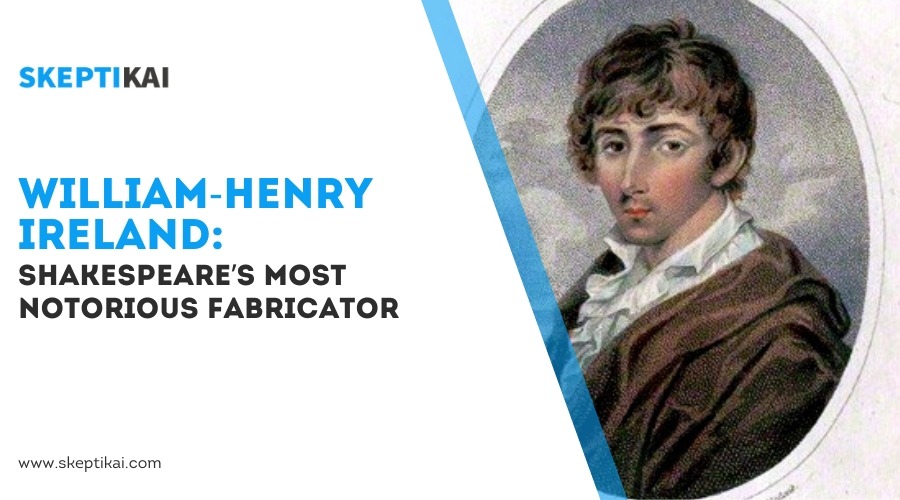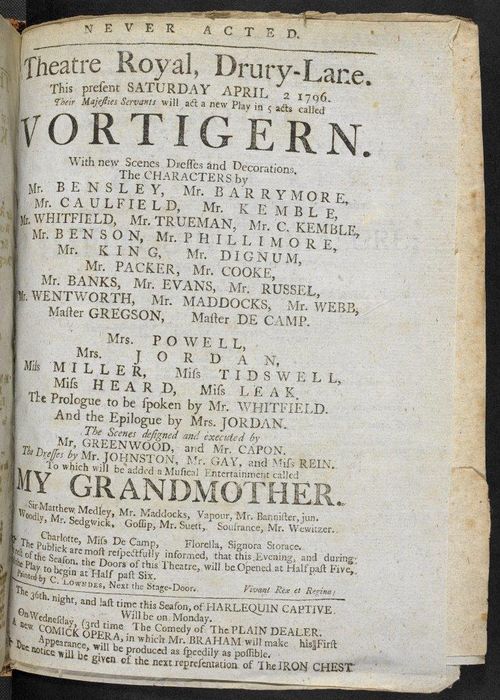In the world of literary hoaxes, William-Henry Ireland is the wolf in Shakespeare’s clothing, having pulled the wool over the eyes of 18th-century London’s elite. As you dive into his tale of forgery and deception, you’ll find yourself questioning the very fabric of historical authenticity.
Ireland’s quest for his father’s approval led him down a path of creating what he couldn’t find: Shakespeare’s lost works. But here’s where the plot thickens – his eventual confession left society reeling, sparking debates that would challenge the principles of literary verification.
What lessons can you glean from Ireland’s audacious escapades, and how do they resonate in today’s digital age of information and misinformation? The answers might surprise you, beckoning a closer look at the fine line between genius and infamy.
Early Life and Ambitions
Born in 1777, William-Henry Ireland’s early life was shaped by his desire to impress his father, leading him into the world of forgery. Growing up with a father like Samuel Ireland, obsessed with Shakespeare, you’d find yourself immersed in a world where the Bard’s legacy was paramount. Your ambitions, driven by a need to gain your father’s approval, steered you towards an audacious path of fabrication. You didn’t just dabble in forgery; you mastered the art, creating documents so convincing that they initially fooled experts and were published by your own father.
Your forgeries weren’t limited to mundane documents; they included remarkable works like a letter from Queen Elizabeth and even a previously unknown Shakespeare play, ‘Vortigern.’ However, the staging of ‘Vortigern’ marked the beginning of the end, exposing the extent of your fabrications. Despite being exposed, you didn’t step away from your creations. Instead, you continued producing facsimiles of your forgeries, a testament to your relentless pursuit of your craft.
In 1805, you penned ‘The Confessions of William Henry Ireland,’ providing a detailed account of your forgeries, perhaps in a quest for closure or redemption. Through this confession, you laid bare the intricacies of your ambitions and the lengths you went to fulfill them.
Discovering the Forgeries
While your forgeries initially dazzled the literary world, it wasn’t long before suspicions arose, leading to the uncovering of your deceptive Shakespearean creations. Edmond Malone, a respected scholar, played a pivotal role in discovering the forgeries. His meticulous analysis brought to light inconsistencies in your fabricated documents, marking the beginning of the end for your career as Shakespeare’s most notorious fabricator.

- Authenticated documents turn suspect: Experts who initially authenticated the Shakespearean papers began to question their authenticity.
- Edmond Malone’s investigation: Malone’s detailed scrutiny exposed the forgeries, shaking the literary world.
- Public backlash: Following Malone’s revelations, you faced intense public scrutiny and criticism.
- Confession: You eventually admitted to the forgeries in your publication, *Confessions of William Henry Ireland*.
- Famous forgery ‘Vortigern and Rowena’: This play, your most ambitious and famous forgery, became a symbol of your deception.
Your journey from a celebrated contributor of Shakespearean documents to a notorious fabricator serves as a cautionary tale. The discovery process, led by Edmond Malone, not only challenged the authenticated documents but also reshaped the literary world’s approach to historical verification.
Creating Shakespeare’s Lost Works
In your quest to enrich Shakespeare’s legacy, you claimed to unearth lost works of the Bard, including manuscripts of King Lear and Hamlet, stirring the pot of literary debate. Your ambitions didn’t stop there; you went on to produce a play titled ‘Vortigern’, presenting it as a newly discovered Shakespearean treasure. This bold move was meant to unveil what you perceived as hidden gems of literary history, but it also fanned the flames of skepticism.
The manuscripts and ‘Vortigern’ sparked intense discussions about the authenticity of Shakespearean works, opening a Pandora’s box of questions regarding authorship. Critics and scholars alike dove into the forgeries, eager to dissect every line for proof of Shakespeare’s hand. Yet, the controversy surrounding ‘Vortigern’ hinted at the underlying fabrications you’d woven into the narrative of Shakespeare’s oeuvre.
Despite the initial fascination, your deception gradually came to light, marking a pivotal moment in Shakespeare studies. Nonetheless, your attempt to create Shakespeare’s lost works, grounded in forgeries though they were, undeniably left an indelible mark on the landscape of literary history. Your story serves as a cautionary tale about the fine line between admiration and deceit.
The Deception Unveils
As the truth about William-Henry Ireland’s forgeries emerged, the literary world faced a monumental scandal that shook its foundations. You’ve probably heard of Shakespearean manuscripts, but what Ireland introduced to the world weren’t lost works of the Bard, but a web of notorious deception that included fabricated manuscripts of King Lear and Hamlet.
The revelation came crashing down with the Vortigern controversy, a play that raised eyebrows with its questionable authenticity. Here’s what unfolded:
- Shakespearean forgeries were exposed, leading to wide-scale skepticism.
- The Vortigern controversy highlighted doubts within the theatrical and scholarly communities.
- The Confessions of William Henry Ireland laid bare the intricate details of his literary deception.
- Ireland faced a loss of reputation and credibility, tarnishing his name irreparably.
- His story remains a cautionary tale about the dangers and implications of forgery exposure.
Ireland’s notorious deception through fabricated manuscripts is a stark reminder of the lengths to which individuals may go to engrave their name in history, albeit infamously. Despite the scandal, the episode of Shakespearean forgeries by William-Henry Ireland is etched as a significant chapter in the annals of literary history.
Public and Scholarly Reaction
Scholars initially hailed William-Henry Ireland’s works as genuine Shakespearean discoveries, sparking widespread acclaim before Edmond Malone’s analysis unveiled the truth. His meticulous study in 1795 exposed the so-called Shakespearean manuscripts as modern creations, challenging the previously granted scholarly authentication. The public and academia were shocked; what they’d celebrated as remarkable finds were, in fact, elaborate Shakespearean forgeries crafted by Ireland.
The premiere of ‘Vortigern and Rowena’ in 1796 faced intense scrutiny, its questioned authenticity fueling skepticism and further tarnishing Ireland’s reputation. Despite the mounting evidence against him, his eventual forgery confession did little to quell the debates that had ignited. Questions lingered not just about his sole involvement but also about broader issues of Shakespearean authorship and the integrity of literary authenticity.
Edmond Malone’s role was crucial, transforming him into a hero for his efforts in preserving Shakespearean authenticity. Yet, the scandal provoked a lasting curiosity and skepticism towards historical literary works, highlighting the fragile line between genuine antiquity and sophisticated modern creations. Ireland’s saga served as a stark reminder of the complexities and challenges in determining the authenticity of literary artifacts.
The Downfall of a Fabricator
William-Henry Ireland’s career crumbled when his Shakespearean forgeries, notably the play ‘Vortigern and Rowena,’ were exposed, marking a dramatic end to his literary deceit. Your fascination with the tale of this fabricator is about to deepen as you uncover how his downfall unfolded, a story steeped in deception and the pursuit of authenticity.
Here’s what led to his fall:
- Skepticism about the *authenticity* of ‘Vortigern and Rowena’ sparked public backlash, tarnishing Ireland’s reputation beyond repair.
- Edmond Malone’s study pointed out the modern origins of the so-called ancient writings, leaving no room for doubt about the deception.
- This exposure not only branded Ireland a fabricator but also cast a shadow over his entire body of work, questioning the validity of his other supposed discoveries.
- Doubts lingered about whether Ireland acted alone in this elaborate scheme of literary fraud, suggesting a deeper network of deceit.
- The consequences of his actions served as a stark reminder of the importance of authenticity in historical documents, setting a precedent for future scholars and enthusiasts.
William-Henry Ireland’s journey from a celebrated discoverer to a notorious fabricator is a cautionary tale about the perils of literary fraud and the relentless pursuit of truth in the world of historical documents.
Ireland’s Confession
After his downfall, Ireland openly admitted to his fabrications in ‘The Confessions of William Henry Ireland’ in 1805, shedding light on the full scope of his deceit. You’d find in his book a detailed account of how he created forged Shakespearean documents, even crafting a letter purportedly from Queen Elizabeth in Shakespeare’s handwriting. This confession was the first time Ireland publicly revealed the breath of his Shakespearean forgeries, marking a significant moment in the history of Shakespearean scholarship.
His admission not only confirmed the suspicions of many but also exposed the elaborate lengths he went to in fabricating Shakespearean works. It brought to light the depth of William Henry Ireland’s deception, creating a stir across the literary world. The revelation of these Shakespearean fabrications raised doubts about the authenticity of other Shakespearean manuscripts and posed significant questions for Shakespearean scholarship. Despite Ireland’s confession, it left lingering doubts about the full extent of his Shakespearean forgeries and the lasting impact his actions had on the field of Shakespearean scholarship. This episode forced a reevaluation of the methods used to authenticate historical documents, forever altering the landscape of Shakespearean studies.
Legacy and Lessons Learned
Often, history teaches us through the missteps of others, and William Henry Ireland’s forgeries serve as a stark reminder of the critical need for diligence in historical scholarship. His legacy, steeped in deception and manipulation, underscores the importance of authenticity in dealing with historical artifacts. The lessons learned from his saga are manifold and resonate deeply within the realm of Shakespearean scholarship.
- Legacy: Ireland’s forgeries have become a cautionary tale, highlighting the dangers of deception in the curation and study of historical documents.
- Shakespearean authorship: The debates sparked by Ireland’s actions have led to increased scrutiny and methodologies to authenticate Shakespearean works.
- Authenticity: Ireland’s story stresses the importance of verifying the authenticity of documents, reinforcing the need for rigorous academic standards.
- Academic interest: Scholars, including Jonathan Bate, have delved into the complexities added to Shakespeare’s legacy by Ireland’s forgeries, enriching Shakespearean scholarship.
- Lessons learned: Ireland’s episode teaches the critical need to question and critically assess evidence before accepting its historical significance.
Conclusion
In the end, you’ve seen William-Henry Ireland’s journey from aspiring to win his father’s approval to becoming Shakespeare’s most infamous forger. His tale warns us about the perils of deception and the importance of authenticity.
Despite the initial excitement his forgeries sparked, Ireland’s legacy is a reminder to always question and verify. He teaches us that the truth, no matter how mundane it may seem, holds more value than the most elaborate lie.

